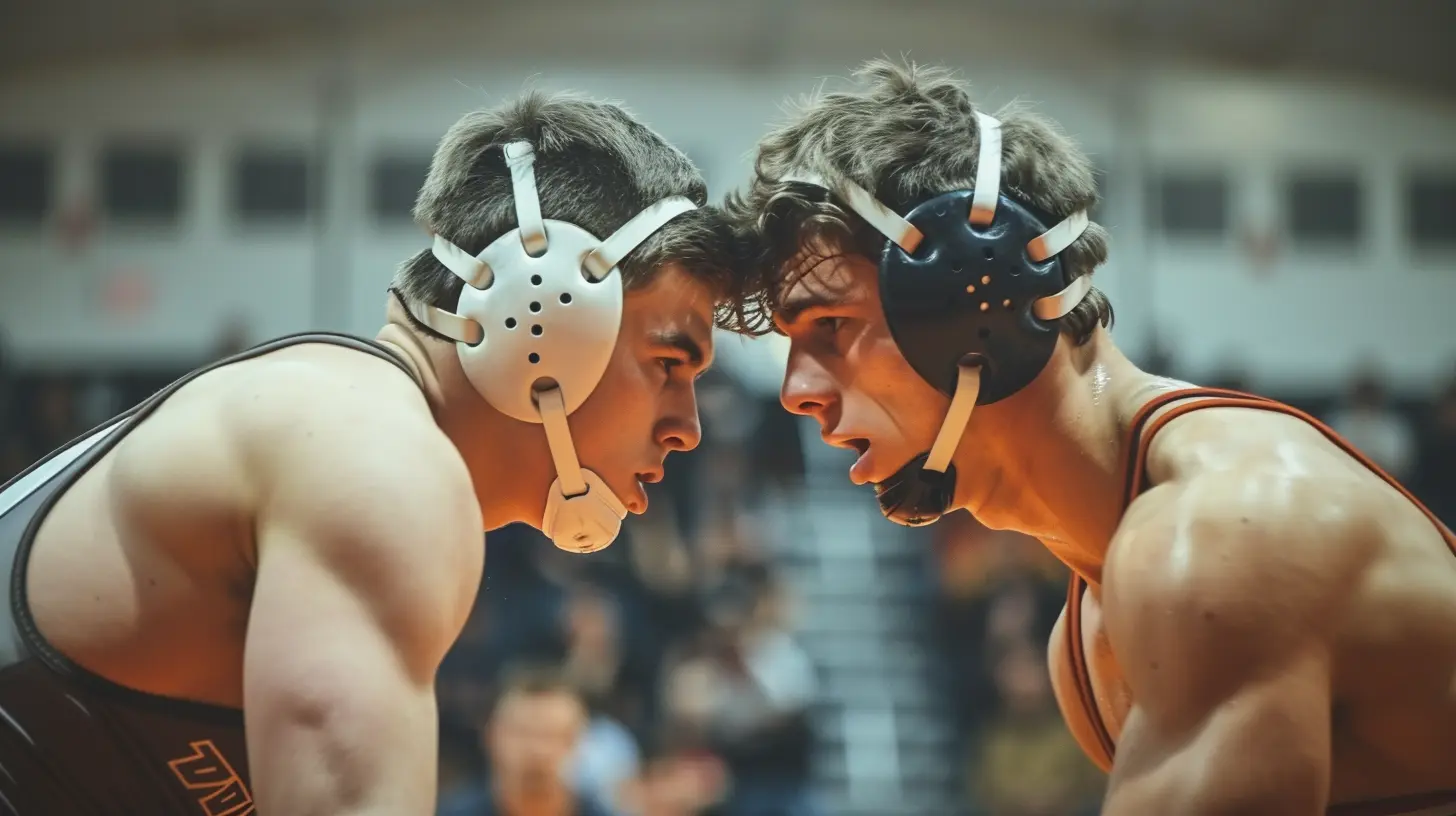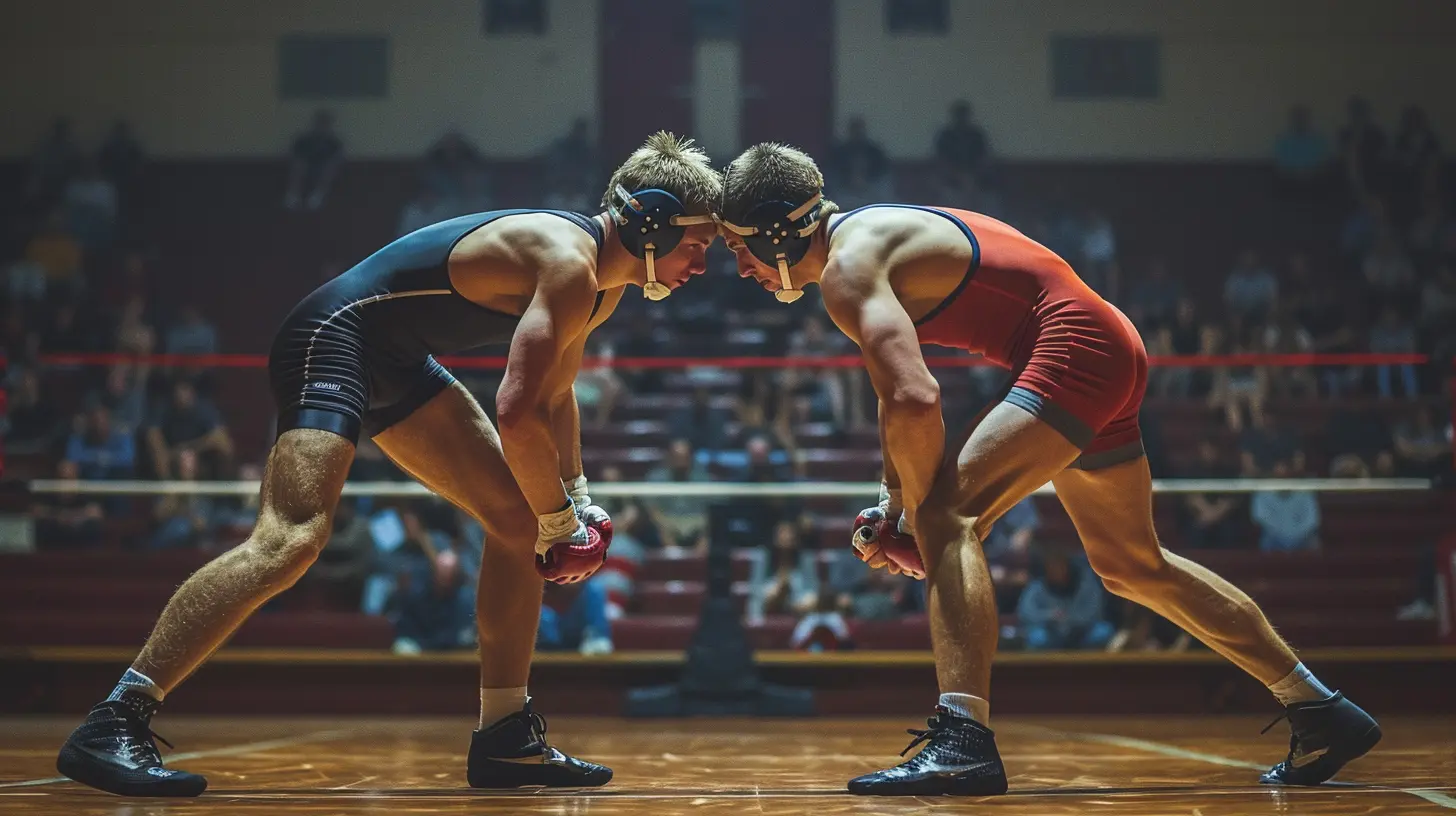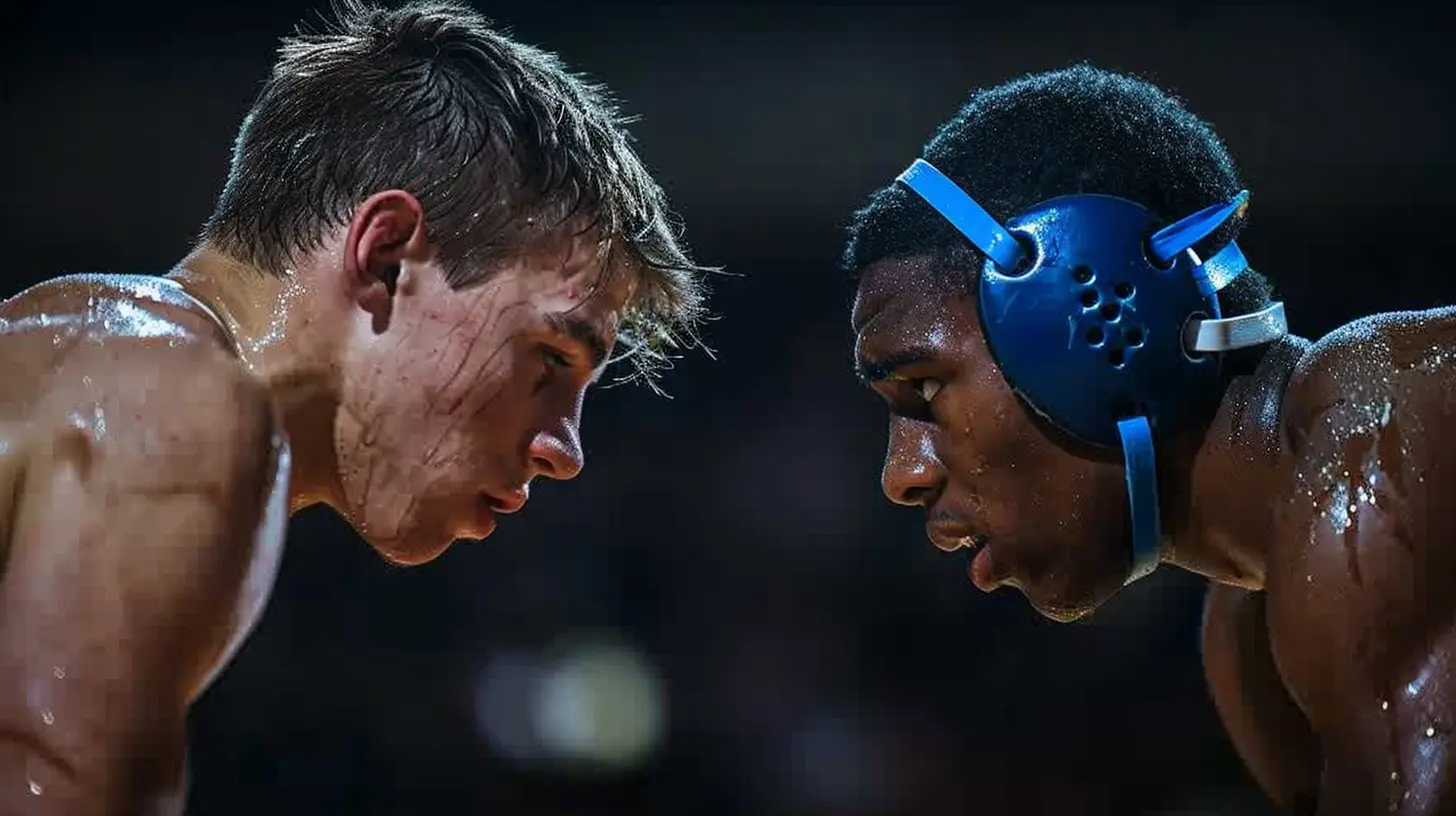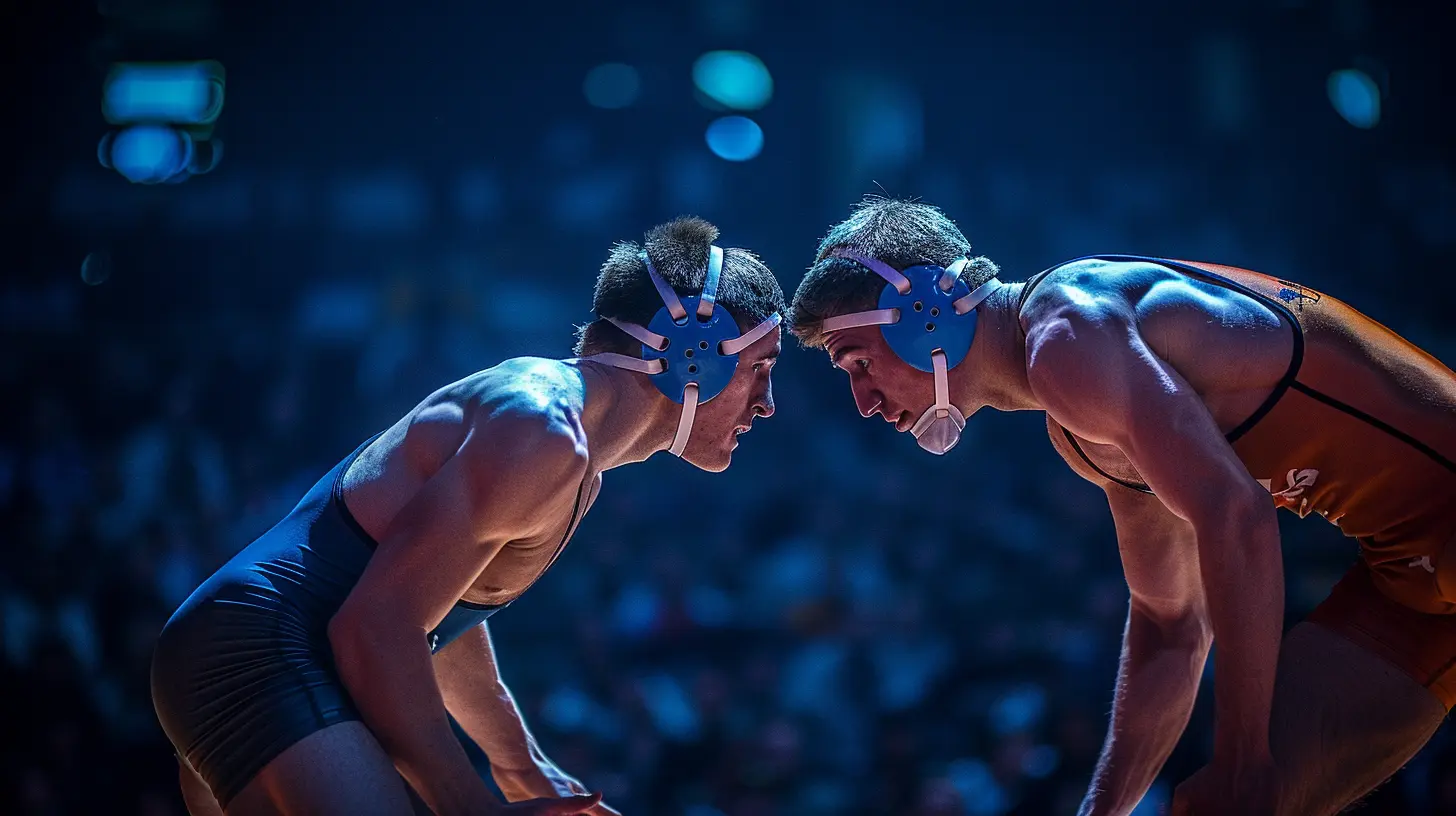High School vs. College Wrestling: Differences in Technique and Training
10 June 2025
Wrestling is one of the toughest and most grueling sports out there. Whether you're competing at the high school or college level, you know it's a grind. But let’s be real—there’s a massive difference between high school and college wrestling.
If you're a young wrestler preparing to make the jump to the next level, or simply a fan curious about the subtle (and not-so-subtle) differences, this article will break it all down. From training intensity to technical adjustments, we’ll go deep into what separates high school wrestling from the college game.

The Biggest Differences Between High School and College Wrestling
At first glance, wrestling might seem the same at both levels. After all, you’re still shooting for takedowns, working escapes, and striving for pins. But the more you look, the more you realize just how different the two really are.Here are the biggest differences when transitioning from high school to college wrestling:
- The skill gap is massive
- Training intensity skyrockets
- The rulebook changes slightly (but significantly)
- Strength and conditioning become essential
- Mental toughness takes center stage
Let’s dive a little deeper.

Technique: High School vs. College Wrestling
1. The Pace and Intensity Are on Another Level
In high school, matches can feel fast-paced, but in college? It’s a completely different animal. College wrestlers push the pace harder, and there’s no "coasting" through matches. If you aren’t attacking, you’re getting attacked.Most high school wrestlers rely on basic takedowns—double legs, single legs, and headlocks. Meanwhile, college wrestlers refine those techniques to an elite level and layer in advanced setups, chain wrestling, and counters.
That’s why high school state champions often struggle when they first step onto a collegiate mat. The margin for error shrinks drastically.
2. Riding Time Becomes a Game Changer
One of the biggest rule differences is riding time. In high school, if you take your opponent down and hold them down, great—but it doesn’t impact the score.In college, it’s a whole different story. If you keep your opponent on the mat for more than one minute, you get an extra point at the end of the match. This makes top control way more important.
So, in college wrestling, you’ll see way more wrestlers working hard to stay on top, riding legs, and controlling wrists to grind out wins. Simply put, riding time can be the difference between victory and defeat.
3. Escape and Reversal Skills Are Essential
In high school, many wrestlers can get away with explosive stand-ups or granby rolls to escape from the bottom. But in college, getting away from a strong top wrestler is a nightmare if you don’t have solid technique.Many college wrestlers develop incredible hip movement, hand control, and relentless chain wrestling just to get back to their feet. If you can’t escape quickly, you’re in for a long night.

Training: The Brutal Transition from High School to College
1. The Conditioning Gap Is Insane
Ask any first-year college wrestler about the main difference, and they’ll likely say: the conditioning is next level.High school wrestling practices can be tough, but college training is a whole different beast. You’re expected to drill harder, wrestle longer, and maintain a relentless pace for seven full minutes.
The transition can be brutal. Many incoming freshmen think they’re in great shape—until they hit their first college practice and realize they’ve barely scratched the surface.
2. Strength Training Is Non-Negotiable
Let’s be honest. In high school, a freak athlete with raw strength and speed can dominate. But in college, everyone is strong. If you’re not hitting the weight room consistently, you’re going to struggle.Most collegiate programs have structured strength and conditioning regimens, focusing on explosive power, grip strength, and endurance. Wrestlers who embrace the grind in the gym tend to see massive improvements on the mat.
3. Practices Are Longer and More Intense
High school wrestling practices are typically around 90 minutes to two hours. College? Easily two to three hours, sometimes more, and the level of intensity is off the charts.Not only are the practices longer, but they’re also far more structured. Expect:
- High-level drilling sessions designed to develop muscle memory
- Live go’s against elite competition where you’re constantly being pushed
- Strength and conditioning sessions that tax your body and mind
If you’re not mentally and physically prepared, college wrestling will break you down fast.

Mental Toughness: The Make-or-Break Factor
One of the biggest differences between high school and college wrestling isn’t just physical—it’s mental.1. Dealing with Losses and Setbacks
In high school, a dominant wrestler might cruise through the season losing only a match or two—or even none at all. But in college? Losing is part of the process.Many first-year college wrestlers experience a lot of losses. The competition is tougher, and almost every opponent is a former high school standout.
The wrestlers who succeed at the college level are the ones who embrace those losses, learn from them, and come back stronger. If you let a losing streak shake your confidence, you won’t last long.
2. Wrestling Becomes a Full-Time Commitment
In high school, wrestling is intense, but there’s usually a balance between sports and everyday life.In college, wrestling isn’t just a sport—it’s a lifestyle. Between early morning lifts, grueling practices, weight management, and travel, it can feel like a full-time job.
This level of commitment is what separates the average college wrestler from the elite. The best of the best find ways to push through fatigue, manage their time effectively, and stay mentally sharp despite the grind.
3. Cutting Weight Can Be Brutal
Weight cutting is tough at any level, but in college, it gets even more difficult. Wrestlers are often more disciplined with nutrition, and the competition to hold a specific weight class is intense.While many high school wrestlers cut weight recklessly (saunas, starvation, etc.), most college wrestlers take a more strategic approach with diet and hydration. Smart weight cutting can be the difference between performing at a high level and completely burning out.
Final Thoughts: The Toughest Transition in Wrestling
For any wrestler making the jump from high school to college, the transition is one of the toughest challenges they’ll ever face. The competition is stronger, the training is grueling, and the mental game is everything.But here’s the truth: those who embrace the grind come out better—not just as wrestlers, but as people. The discipline, work ethic, and resilience gained through college wrestling can carry over into every aspect of life.
So if you're thinking about wrestling at the college level, prepare yourself. It’ll be one of the hardest things you’ve ever done—but also one of the most rewarding.
all images in this post were generated using AI tools
Category:
WrestlingAuthor:

Frankie Bailey
Discussion
rate this article
2 comments
Ashira McLean
Great article! It highlights key differences in technique and training between high school and college wrestling. Understanding these nuances is essential for athletes aiming to improve and compete at higher levels.
June 16, 2025 at 10:35 AM

Frankie Bailey
Thank you! I’m glad you found the article insightful. Understanding these differences is crucial for athletes looking to advance their skills.
Rune Snyder
Intriguing insights! How do athletes adapt?
June 10, 2025 at 4:16 AM

Frankie Bailey
Athletes adapt by refining their techniques, increasing their training intensity, and embracing a more strategic approach to competition, all while adjusting to the demands of higher-level competition.


